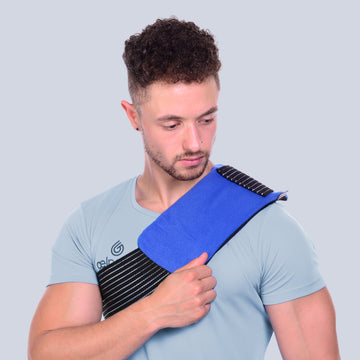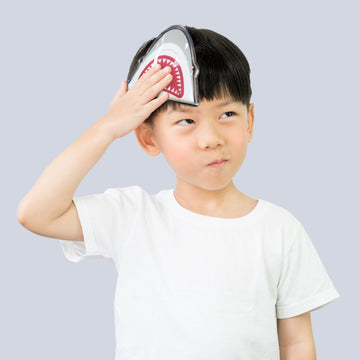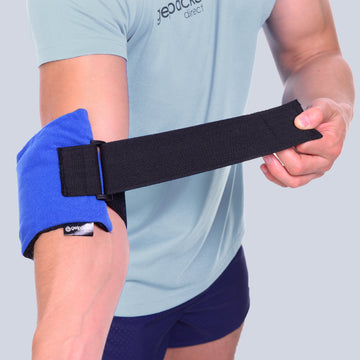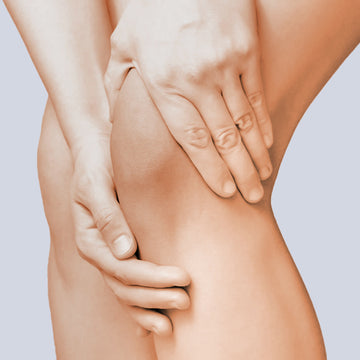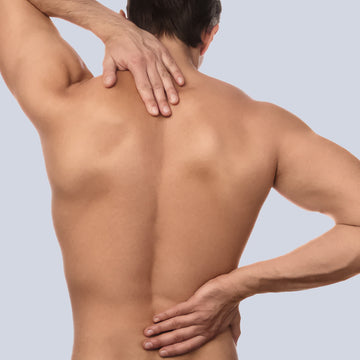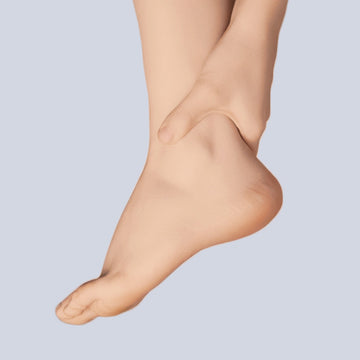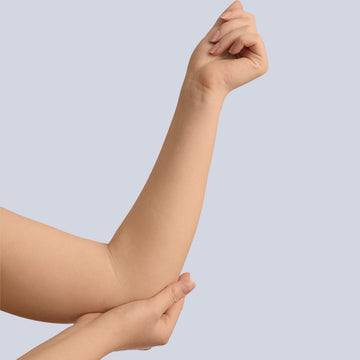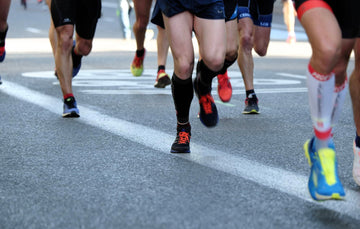Posted by Chloe Simkiss Dec-2020
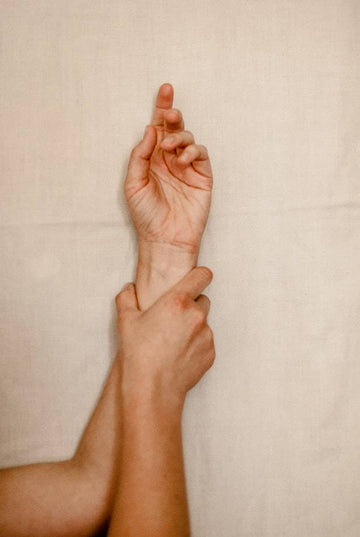
Treatment for Sprains and Strains
If you’ve ever tried to define sprains and strains but can’t quite identify the difference between the two, you’re not alone. These two terms are often used interchangeably to describe overstretching or tearing of soft tissues in and around your joints. There is a key difference, and knowing what that is can help you differentiate between joint sprains and strains
What are sprains and strains?
A sprain is an injury to a ligament (tissue that connects two or more bones at a joint). When a sprain happens, one or more ligaments is stretched or torn.happen most often in the ankle. However, if you fall and land on their hand, you can sprain your wrist. Skiing and other sports can make it more likely for you to sprain your thumb.
A strain is an injury to a muscle or tendon (fibrous cords of tissue that connect muscle to bone). In a strain, a muscle or tendon is stretched or torn. Strains are most common in your back and the hamstring muscle in the back of your thigh. Certain sports can make it more likely for you to have a strain in the back or legs
What are the symptoms of sprains and strains?
Sprains
The symptoms of a sprain include:
- Pain.
- Swelling.
- Bruising.
- Not being able to use the joint.
Strains
In addition to pain, the symptoms of a strain include:
- Muscle spasms.
- Swelling.
- Cramping.
- Trouble moving.
What are the causes of Sprains and Strains?
Sprain
Many things can cause a sprain. Falling, twisting, or getting hit can force your joint out of its normal position. This can ligaments around your joint to stretch or tear. Sprains usually happen when you:
- Fall and land on an arm.
- Fall on the side of their foot.
- Twist a knee.
Strain
A strain happens when you twist or pull a muscle or tendon. Strains can happen suddenly or develop over days or weeks. A sudden or acute strain is caused by:
- A recent injury.
- Lifting heavy objects the wrong way.
- Overstressing the muscles.
Chronic strains usually happen when you move the muscles and tendons the same way over and over.
How are sprains and strains treated?
Treatments for sprains and strains are the same. To reduce swelling and help relieve pain in the first day or two try the R.I.C.E. approach — rest, ice, compression, elevation:
- Rest. Avoid activities that cause pain, swelling or discomfort. But don't avoid all physical activity.
- Ice. Ice the area immediately. Use an ice pack for 15 to 20 minutes each time and repeat every two to three hours while you're awake for the first few days after the injury.
- Compression. To help stop swelling, use our compression wraps to compress the area until the swelling stops. Don't wrap it too tightly or you may hinder circulation. Begin wrapping at the end farthest from your heart. Loosen the wrap if the pain increases, the area becomes numb or swelling is occurring below the wrapped area.
- Elevation. Elevate the injured area above the level of your heart, especially at night, which allows gravity to help reduce swelling. Put the injured ankle, knee, elbow, or wrist up on a pillow.
- Take medicines, such as aspirin or ibuprofen.
If the injury doesn’t heal properly, it has a higher chance of happening again. This can cause ongoing pain, weakness, or instability of the wrist. Over time, arthritis may develop in the wrist. This can worsen pain and cause stiffness and loss of motion of the wrist and hand.
Go to your GP right away if you are experiencing these symptoms as you could have developed an infection :
- Fever or chills
- Symptoms that don’t get better with treatment, or get worse
- Hand or fingers that feel numb or very cold, turn blue or gray, or swell
- If any new symptoms arise
Make sure to always be aware of your surroundings to avoid a sprain - be sure to look where you are going as you never know what could slip you up!
#TeamGPD
